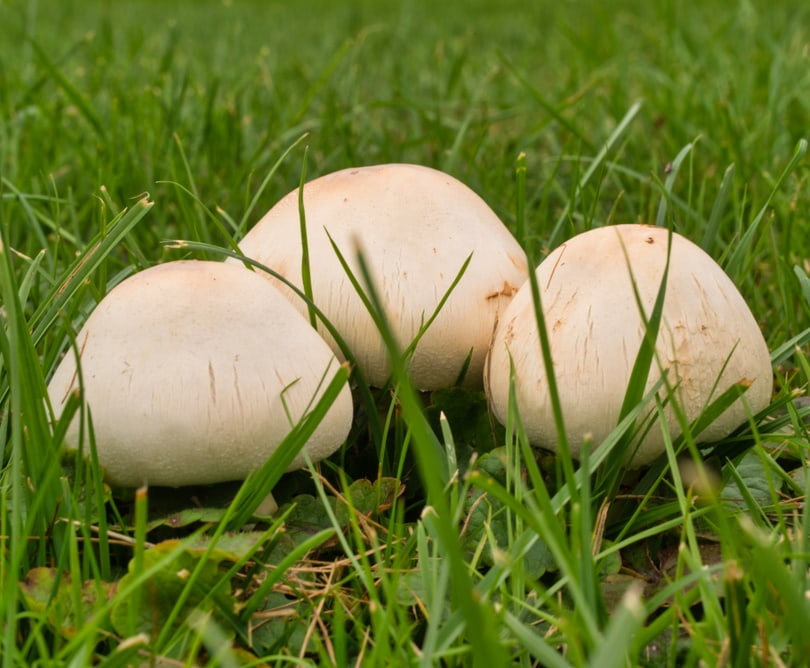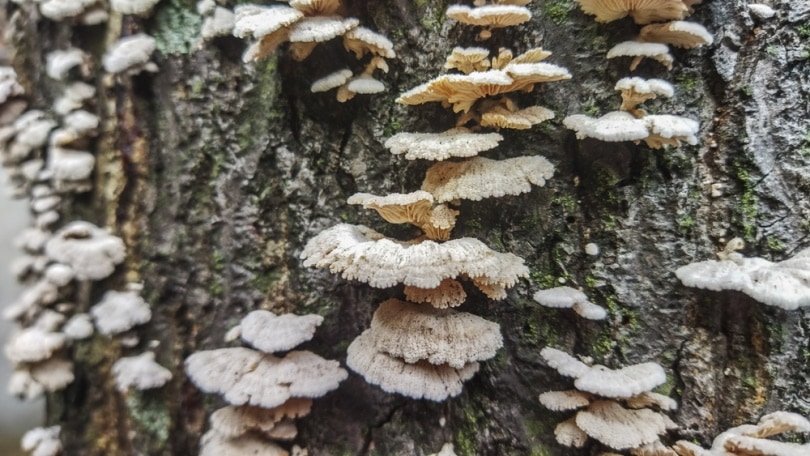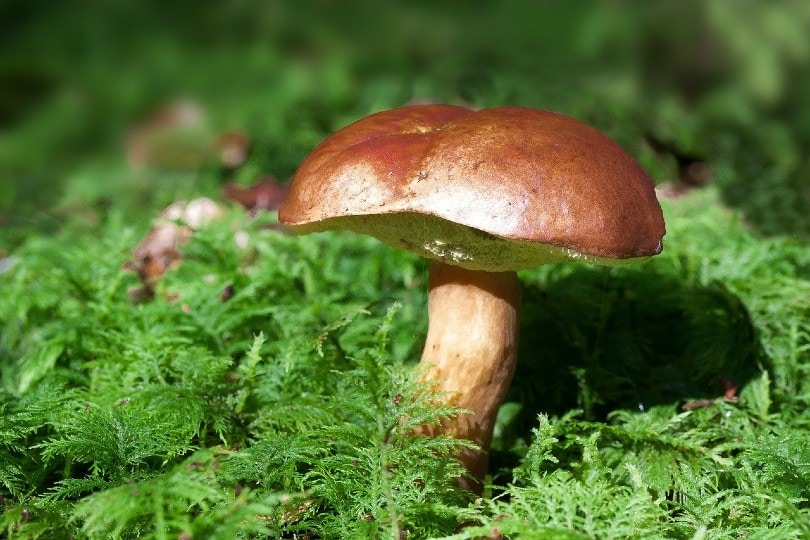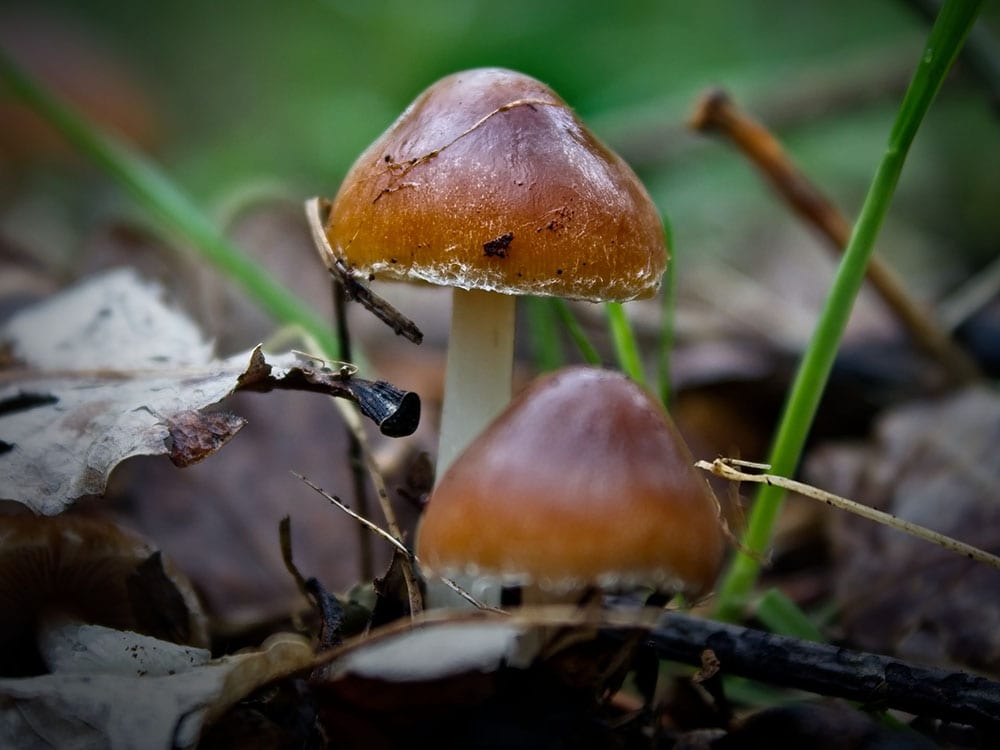How to Grow Mushrooms Indoors: Tips, Tricks & Step-By-Step Guide
-
Codee Chessher
- Last updated:

Any gardener with a bit of experience under their belt should try to grow their own mushrooms. Mushrooms are a very healthy addition to any diet and are great as a pizza topping, in soups, or in salads. Unlike plants, mushrooms are best grown indoors, where they generally require much less work to grow. Let’s check out what you’ll need to grow your own mushrooms indoors and how exactly to go about it.
Before You Get Started
First, you’ll have to determine what kind of mushroom you want to grow indoors. A few of the most popular choices are shiitake mushrooms, oyster mushrooms, and white button mushrooms.
Perhaps the most important thing to know about growing mushrooms is that they don’t reproduce via seeds in soil like plants do. Rather, they grow from spores in a substrate, which just means anything mushrooms can grow in. Spent coffee grounds are one example of a substrate, and so are compost and manure.
Next, you’ll need a dark, cool space for your mushrooms to grow. Mushrooms should be kept away from bright light. A cool basement or in the cabinet underneath a sink are two perfect spots.
Mushroom grow kits are commercially available online and at some select retailers and usually have everything you’ll need to grow your own mushrooms. If you purchased one of these kits, most of the same steps in this guide would apply.
Let’s break down exactly what you’ll need for your mushrooms to flourish.

You Will Need:
- Dark, cool space
- Mushroom spawn (typically spores mixed with sawdust)
- Substrate
- Planting tray (wood, plastic, or metal)
- Potting soil
- Knife
- Thermometer (optional)
- Heating mat (optional but helpful)
Step-By-Step Instructions for Growing Mushrooms Indoors
1. Set Up Substrate

Fill up your planting tray with a combo of manure and compost or whatever substrate you have available. Leave about an inch of space on top of the substrate, which is where you’ll put your spores.
During this initial incubation period, the spawn and substrate must stay moist. Also, until your spores incubate, they’ll need to stay at about 70°F. During this stage, the warmth will help the spawn to spread and grow.
2. Keep Spores & Substrate Moist
Until the spawn incubates, which may take about 3 weeks, you’ll have to keep the tray moist. To do so, simply mist the tray daily with some water out of a spray bottle. Alternatively, you can skip the daily mist and simply drape some wet or damp towels over the tray. If your home is a little too cool, use a heating pad or place the tray in a warmer part of your home. Remember that 70°F is the goal!
3. Lower the Temperature When Spawn Incubates

When you start to see rootlike white tendrils, your spawn has incubated. This growth is the mycelium, which serves kind of like the mushroom’s root system. When this spreads across the surface of the tray, lower your ambient temperature to between 55°F–60°F. For warmer climates, growing mushrooms is a perfect winter project to undertake since most outdoor plants are going dormant.
Cover the mycelium with a thick, even layer of potting soil. This will help it retain its temperature and promote further growth.
After a couple of weeks at this temperature, you’ll start to see small mushrooms. These are called primordia and mean that your project is going well. Continue to keep the tray moist and maintain the temperature.
4. Harvest Your Mushrooms
Some mushrooms take longer than others to fully grow, but white button mushrooms are ready to harvest around 3–4 weeks after the primordia appears.
Shiitake mushrooms take much longer to grow—up to 6 months. Every mushroom has its own timeline, and you should look up to find more detailed info about your mushroom species.
To harvest, take a sharp knife and cut the mushrooms off at the stem. Don’t pull the mushrooms up, or you might harm the underlying mycelium and sabotage your efforts. Fresh mushrooms go bad after just a few days, so be sure to use them quickly.
Each mushroom harvested releases its own spores, which means mushrooms can grow continuously for 6–12 months in the same substrate. After mushrooms stop growing, you can add more spawn to restart the process if you wish.
Tips & Tricks
Growing mushrooms is an age-old practice, and there are numerous modern ways to enhance your growth. Let’s take a look at some ways you can make the most out of your mushroom project.

Mushroom Tips & Tricks
- Consider using a mushroom grow kit if it’s your first time. The kit will have everything you need and typically also include more detailed information about the mushroom.
- If possible, use a heating pad to accelerate incubation. It will make your wait much shorter.
- Join a mushroom growing community on Facebook or another social media site. These groups are chock full of experienced mushroom growers who will be able to give you valuable advice.
- Have a goal in mind when you start. Do you just want some mushrooms to eat with salad? To eat raw? There are numerous types of mushrooms that can perfectly suit virtually any goal you might have in mind.
Conclusion
Mushroom growing is one of the easiest and most rewarding ways to grow your own food. Growing is dead simple, especially when you don’t have any space outdoors. Once you get started, you can have mushrooms for months!
Featured Image Credit: Uwe Zimmer, Shutterstock
Contents

